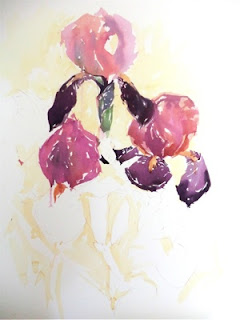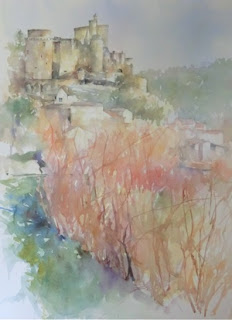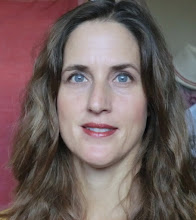Watercolour on Fabriano Artistico Paper
I think that everyone can relate to this image. My students had a quiet chuckle to themselves when they saw this reference. I loved painting it. It is one of those images that one looks at in horror wondering how best to tackle all those chairs and limbs. But, being artists we can capture the essence of things and focus more on the most important shapes that will tell the story. The first thing is not to make the format too straight around the sides. The chairs do not need to be perfect. The right size, yes, and her weight needs to be supported.
Because her pose is not the classical view, one needs to really on angles and shapes that make up her form e.g. use the apron to help get the proportions. Note how her back and the chair create a 'V'. Its all about the negative spaces. We used very simple tones for each object.
The punch was created right at the end with the application of the creamy dark shadow that slotted all around her. I cannot tell you what a difference that made to a very wishy washy study so far. You have to push to the very end, so persevere. The added discord colour was applied in the form of cerulean blue which was dropped in whilst the background colour was still wet.


















































